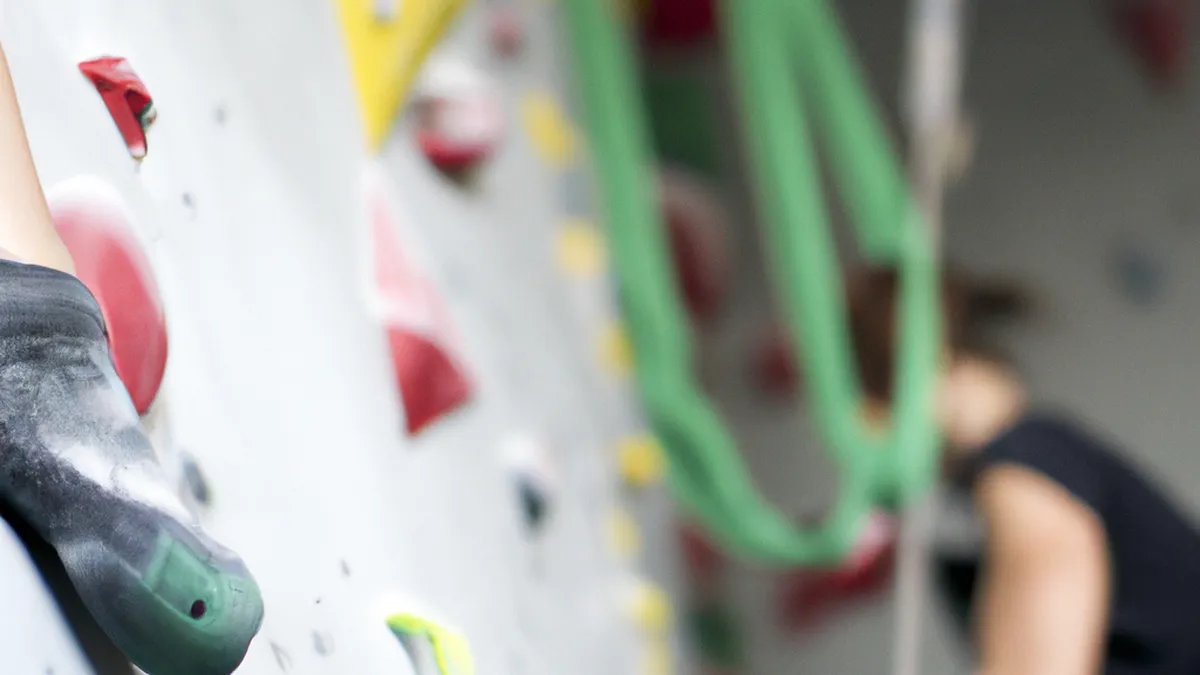Exit Plans for Difficult Ascents
Escape Routes from Challenging ClimbsClimbing presents exhilarating challenges. Reaching new heights and conquering difficult routes rewards climbers. However, not every ascent goes as planned. Climbers must prepare for unexpected situations. Even seasoned adventurers can encounter problems. Understanding escape routes significantly aids climbers in critical moments. This post explores essential tips, advice, and benefits of knowing escape routes.
Why Escape Routes Matter
Climbing can be unpredictable, and wilderness can be unforgiving. Weather changes, equipment failures, or sudden injuries can occur unexpectedly. When these issues arise, a clear escape route becomes crucial. It allows climbers to act quickly and safely, minimizing risks during emergencies. A well-planned escape route can prevent accidents and save lives, providing climbers an exit when problems arise.Additionally, knowing escape routes enhances your climbing experience. You can focus on your climb without fearing getting stuck. This peace of mind improves your performance and enjoyment. Immerse yourself in the beauty of your surroundings instead of worrying about potential hazards.
Tips for Identifying Escape Routes
As an Amazon Associate I earn from qualifying purchases.
Gear tip: consider climbing shoes, chalk bag, and belay device to support this topic.
Identifying escape routes requires thorough preparation and awareness. Here are some tips for effective planning.
1. Study the Climbing Area
Before heading out, research the climbing area. Use topographic maps to understand the terrain and identify potential escape routes. Look for established trails, safe ledges, and easier climbs nearby. Familiarize yourself with the area layout to make informed decisions during emergencies.Consider the different terrain types you may encounter. Be aware of steep cliffs, loose rock, or sudden drop-offs that might complicate your escape route. Understanding the landscape in advance proves invaluable during your climb.
2. Consult Local Climbers
Local climbers often possess valuable insights not found in guidebooks. They may know shortcuts and alternate routes that reduce descent time. Join climbing forums or local groups to gather information and ask about escape routes for specific climbs. Building a network of local climbers provides you with knowledge and experience that enhances your climbing skills.
3. Evaluate the Conditions
Weather significantly affects climbing conditions. Rain, snow, or high winds can increase accident risks. Before you set out, evaluate the weather conditions and consider their impact on your ascent and descent. If conditions worsen, be prepared to use escape routes to descend safely. Always prioritize safety over reaching the summit; the mountain will remain for another attempt.
Advice for Using Escape Routes
Knowing escape routes is just the first step.
Conclusion
In summary, understanding escape routes enhances safety and improves your climbing experience. Always prepare and plan effectively.
Conclusion
A brief summary concluding the insights shared.
Below are related products based on this post:
FAQ
Why are escape routes important in climbing?
Escape routes are crucial because climbing can be unpredictable, with potential issues like weather changes or equipment failures. A clear escape route allows climbers to act quickly and safely, minimizing risks during emergencies and potentially saving lives.
How can I identify escape routes before a climb?
Identifying escape routes involves thorough preparation, such as studying topographic maps of the climbing area to understand the terrain. Additionally, consulting local climbers can provide valuable insights into shortcuts and alternate routes that may not be documented in guidebooks.
What should I consider about weather conditions before climbing?
Weather conditions significantly affect climbing safety, and it’s essential to evaluate them before setting out. Rain, snow, or high winds can increase risks, so being prepared to use escape routes for a safe descent is vital, prioritizing safety over reaching the summit.















Post Comment